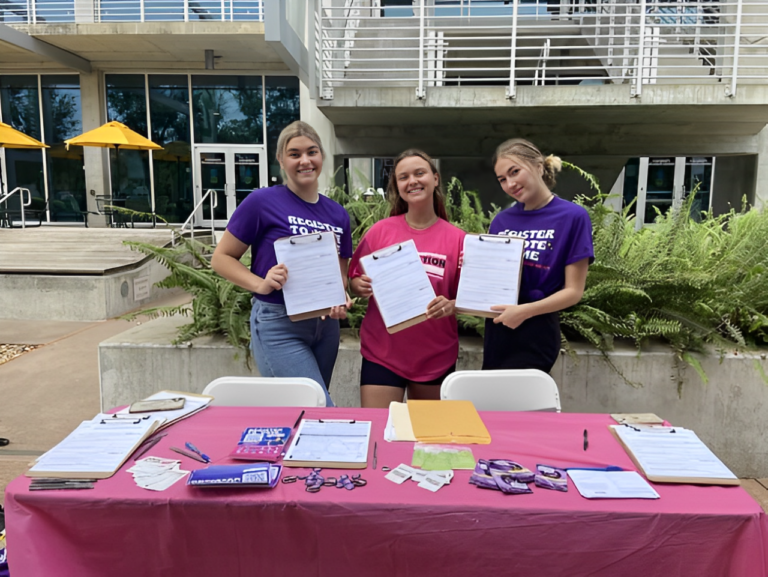Recent observations from the California Department of Public Health have brought to light concerning developments in the spread of COVID-19, particularly impacting the Bay Area. Analysis of wastewater samples across San Francisco has revealed persistently high concentrations of the SARS-CoV-2 virus over the past 21 days.
Amanda Bidwell, a researcher and data analyst at Stanford, noted that these levels represent some of the highest recorded at these locations, nearing peaks seen during the winter surges of December and January.
The rise in viral presence in wastewater is indicative of a potential increase in COVID-19 cases in the region. This method of monitoring allows health officials to predict upcoming surges and includes data from asymptomatic individuals who may unknowingly contribute to community transmission.
Dr. Peter Chin-Hong, an infectious diseases specialist at UCSF, emphasized that this resurgence follows a predictable pattern, often seen as immunity wanes and seasonal factors come into play. He anticipates a rise in cases but suggests that the overall impact might be tempered by higher levels of immunity from previous infections and vaccinations.
Despite these factors, concerns remain about the spread of new variants, combined with factors such as graduation celebrations, international travel, and a portion of the population still unvaccinated. As summer approaches, there is a heightened need for continued vigilance and adherence to public health guidelines, including vaccination and mask-wearing in high-risk settings.
Read More: Viral Video: ‘Giant Rat’ Caught on Film in New York City Bodega?
Smirking Suspect: Woman’s Courtroom Behavior in Toddler Killing Case!
Breaking News: A Jury Found a Man from Newburgh Guilty of A Gun Case!
Health officials stress the importance of vaccination as the most effective means of protecting against severe illness and urge individuals to stay informed about local COVID-19 trends and take appropriate precautions. The evolving situation underscores the ongoing challenges in managing and mitigating the impact of the pandemic in communities across California.







+ There are no comments
Add yours